How to Financially Survive Holiday Inventory Prep
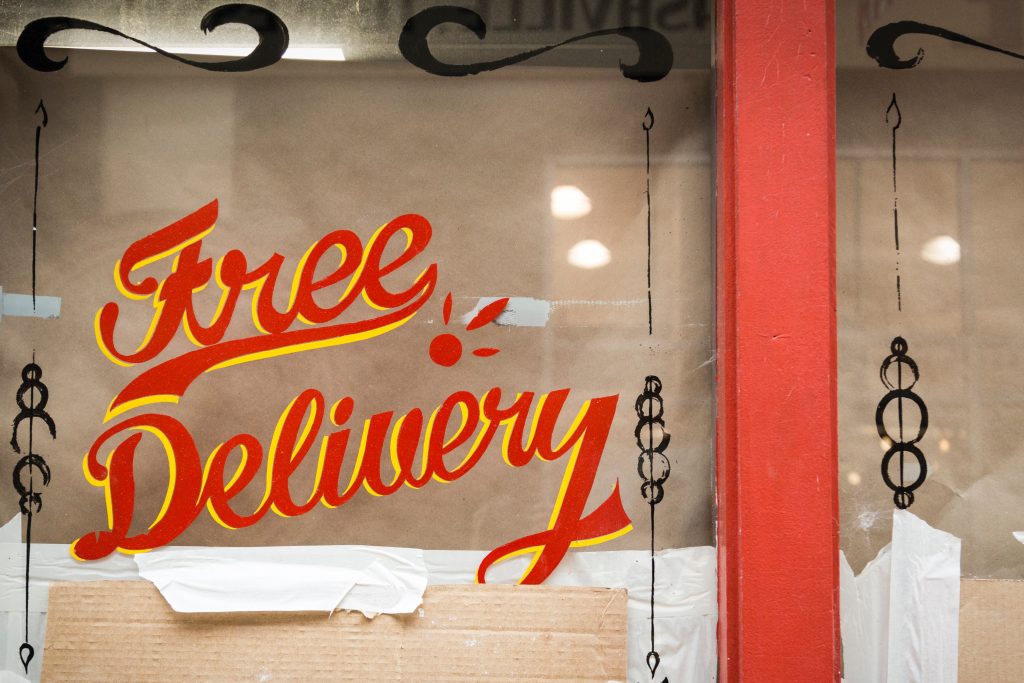
The holiday season is fast approaching, with Halloween on the way this week. With this season comes the time forstocking up your inventory. You want to make sure you have plenty of product available for when shopping season begins! The challenge of this time of year is that you want to build up your inventory while still having cashflow. That is, manage your financial responsibilities while increasing your spending on supplies. This can be a difficult balancing act for solopreneurs, so I’ve made a quick list of tips to get you through your holiday prep safe and financially sound!
Holiday Inventory Prep Tips
- If you’re taking orders, consider securing a deposit from your customer so you can pay for the supplies before production.
- Buy wholesale! Make sure you’re not paying sales tax for materials your plan to resell. This will likely require that you obtain a resellers permit for your state, so be sure to check. Negotiate the best terms with your suppliers. Can you get a discount for buying in bulk? Will they give you net 30 or even net 60 payment terms, meaning you can receive the items now but not have to pay for them until later? If you find yourself feeling nervous about asking these things of your suppliers, please check out my article on rejection therapy for a little inspiration, then pick up the phone and stick up for your business!
- Increase the dollar amount of each sale. For example, when I ran my jewelry business, I was able to do this by selling sets of jewelry. I would sell a pendant combined with a pair of earrings, making it easier for customers to make the decision to spend more money at my business. Even though I gave a small discount, I still increased my sales, and my profit!

- If you’re doing holiday shows, make sure everyone on your mailing list knows where you’ll be. It’s much easier to sell more to a current customer than to develop a new customer. Check out my post on how to get the most out of holiday shows, here.
- Do you know your best-selling item? Make sure you have plenty on hand for the holidays! This will increase profits come shopping time.
- When it’s all over, use a portion of your profit account to celebrate. You’ve worked hard during the holiday season. Make sure you reward yourself. To learn more about a profit account, I recommend downloading the first 5 chapters of the Profit First book on my website.
If you have more questions about balancing inventory and cashflow, don’t hesitate to schedule a discovery call with me!
If you want to read more about the issues of inventory vs. cash flow, I recommend checking out my articles “Why Selling More Doesn’t Mean Making More” and “The Stages of Financially Growing a Business.”
☮
Angela
Image Sources: Drew Beamer , Annie Spratt






 Search for feedback. Listen to your customers to continue innovating and refining your product or service. If you have a team of other people, focus on them to keep things fresh and engaging. Brainstorm together and streamline your business partnerships.
Search for feedback. Listen to your customers to continue innovating and refining your product or service. If you have a team of other people, focus on them to keep things fresh and engaging. Brainstorm together and streamline your business partnerships.
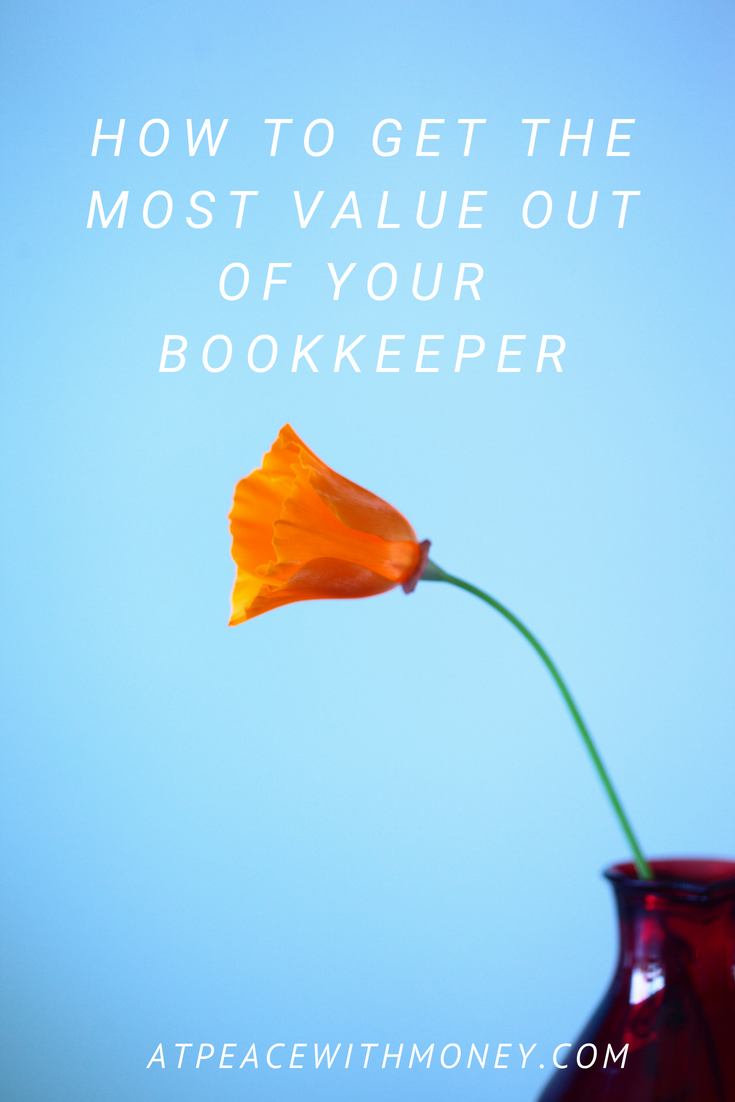

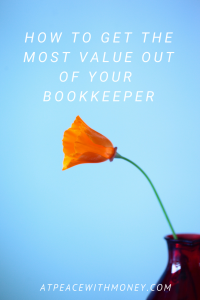







 While you’re nailing down the banking details of your new business, make sure you also create a money system for yourself. Have a plan to pay off your expenses and also pay yourself. My recommendation, of course, is Profit First, which
While you’re nailing down the banking details of your new business, make sure you also create a money system for yourself. Have a plan to pay off your expenses and also pay yourself. My recommendation, of course, is Profit First, which 
 Recognizing this may mean we need to reexamine our approach with expenses in general. When making a purchase, it’s important to a
Recognizing this may mean we need to reexamine our approach with expenses in general. When making a purchase, it’s important to a

 Clearly, this particular business owner was using the GAAP (Generally Accepted Accounting Principles) Formula, rather than
Clearly, this particular business owner was using the GAAP (Generally Accepted Accounting Principles) Formula, rather than  You need to be the one following up to get paid. If you truly don’t like this part of your business, ask yourself why. After all, you started a business to make an income, you are offering a product you believe in, and your customer benefits from your product. You deserve to be compensated!
You need to be the one following up to get paid. If you truly don’t like this part of your business, ask yourself why. After all, you started a business to make an income, you are offering a product you believe in, and your customer benefits from your product. You deserve to be compensated! 
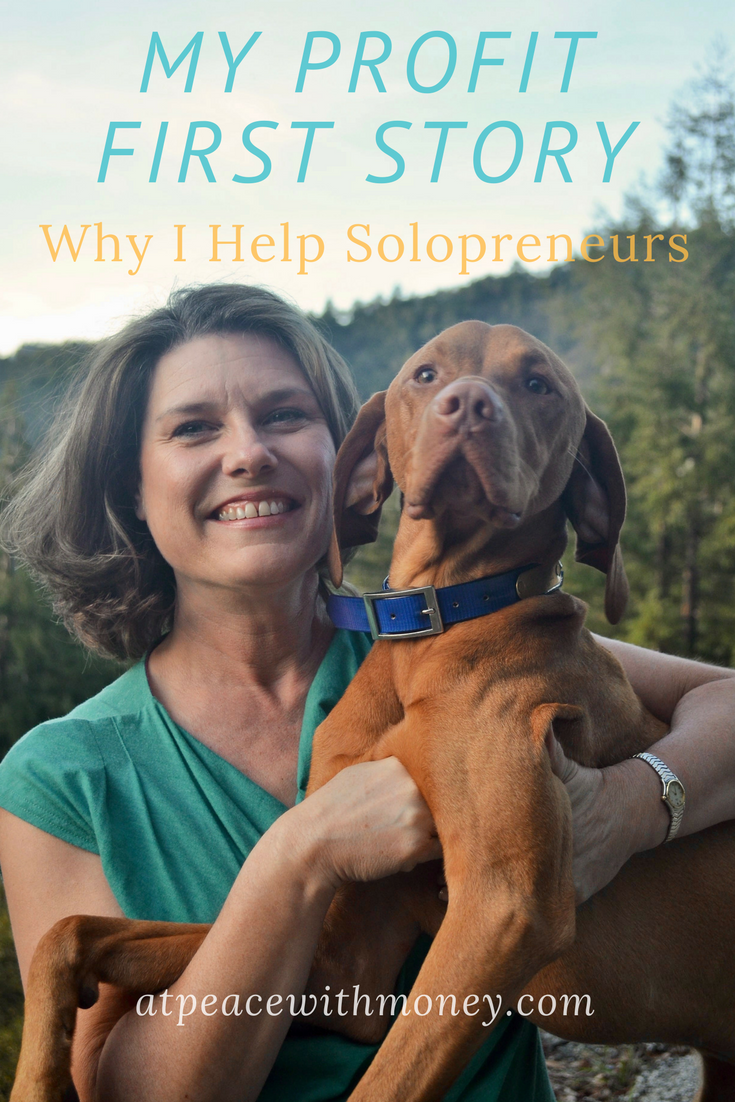

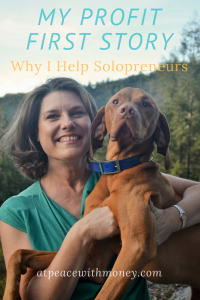


 d a few adjustments to her habit of treating her cashflow like a personal piggybank, her business would be much less stressful.
d a few adjustments to her habit of treating her cashflow like a personal piggybank, her business would be much less stressful.